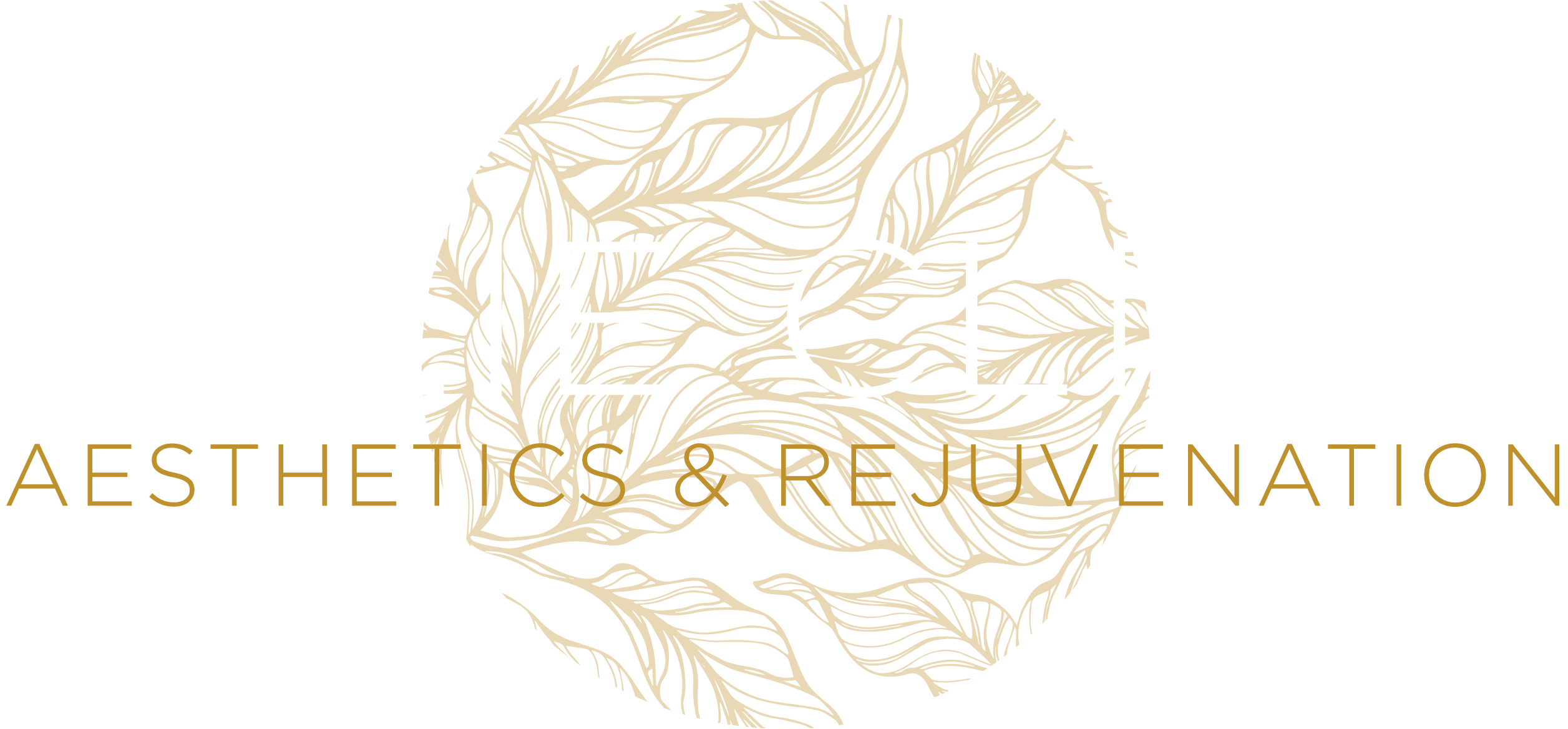Retinol. It’s the buzzword of every skincare aisle, beauty blog, and TikTok routine — but what exactly is it, and how do you know if it’s right for your skin?
Whether you're curious about early anti-ageing or trying to get on top of breakouts, here's what you really need to know about retinol, when to start, and how to use it safely.
🧬 What Is Retinol?
Retinol is a vitamin A derivative and one of the most researched ingredients in skincare. It works by speeding up cell turnover, helping your skin shed old, damaged cells and regenerate healthier ones underneath.
There are different types of retinoids:
· Over-the-counter retinol (gentler, but effective over time)
· Retinaldehyde (stronger than retinol, often less irritating)
· Prescription-strength retinoids like tretinoin or adapalene
🧠 What Does Retinol Actually Do?
· 🧼 Clears congestion and helps prevent acne
· 🌟 Fades pigmentation and evens skin tone
· 🧵 Boosts collagen and improves fine lines & texture
· ✨ Refines pores and improves skin firmness
· 💥 Accelerates cell turnover to reveal brighter, smoother skin
Fun fact: Retinol thickens the dermis, not thins your skin — a common myth we hear in clinic.
📆 When Should You Start Using Retinol?
While there’s no one-size-fits-all answer, here are some general guidelines:
· In your 20s: Great for acne-prone or oily skin types, or if you’re starting to notice dullness or pigmentation.
· In your 30s and beyond: A fantastic addition for collagen support, fine lines, and firming.
· Sensitive skin? Start slow with encapsulated or time-release formulas.
👉 Rule of thumb: If you're serious about long-term skin health and anti-ageing, it's worth introducing retinol under professional guidance.
⚠️ Common Retinol Mistakes to Avoid
Many clients stop retinol too soon because of “purging” or irritation. Here's how to avoid the rough patch:
❌ Jumping in too fast
Start with twice a week, then build to nightly use over 4–6 weeks.
❌ Mixing with harsh actives
Avoid using with exfoliating acids (AHAs/BHAs) or vitamin C until your skin adjusts.
❌ Not moisturising
Always buffer with a hydrating serum or moisturiser to reduce flaking or sensitivity.
❌ Skipping sunscreen
Retinol can make skin more sun-sensitive. A daily SPF 50+ is a must.
🧖♀️ What to Expect in the First Few Weeks
· Week 1–2: Mild flaking, redness or purging (tiny breakouts as clogged pores clear)
· Week 3–4: Texture starts to improve, skin looks brighter
· Week 6–8: Fine lines soften, tone evens out, and firmness improves
🔍 If your skin is red, sore, or irritated longer than 2 weeks, it might be time to adjust the product or frequency — or swap to a gentler retinoid alternative.
💆♀️ In-Clinic Alternatives & Complements
Not ready for retinol or need extra support?
There are several in-clinic treatments that mimic or enhance retinol’s effects:
· Skin Needling or RF Microneedling: Stimulates collagen production with minimal downtime
· Enzyme Peels: Gently exfoliate and renew without triggering irritation
· LED Light Therapy: Reduces inflammation and supports skin regeneration
· Retinol Infusion Treatments: Deliver vitamin A deeper into the skin for faster results with less sensitivity
✨ Final Thoughts
Retinol is a powerful ally in your skincare journey — but like any powerful tool, it needs the right approach to work its magic. Start slow, protect your barrier, and combine it with nourishing products and SPF.
Not sure which formula is right for your skin type? At our clinic, we help customise retinol routines or pair it with professional treatments that fast-track results — safely and effectively.

